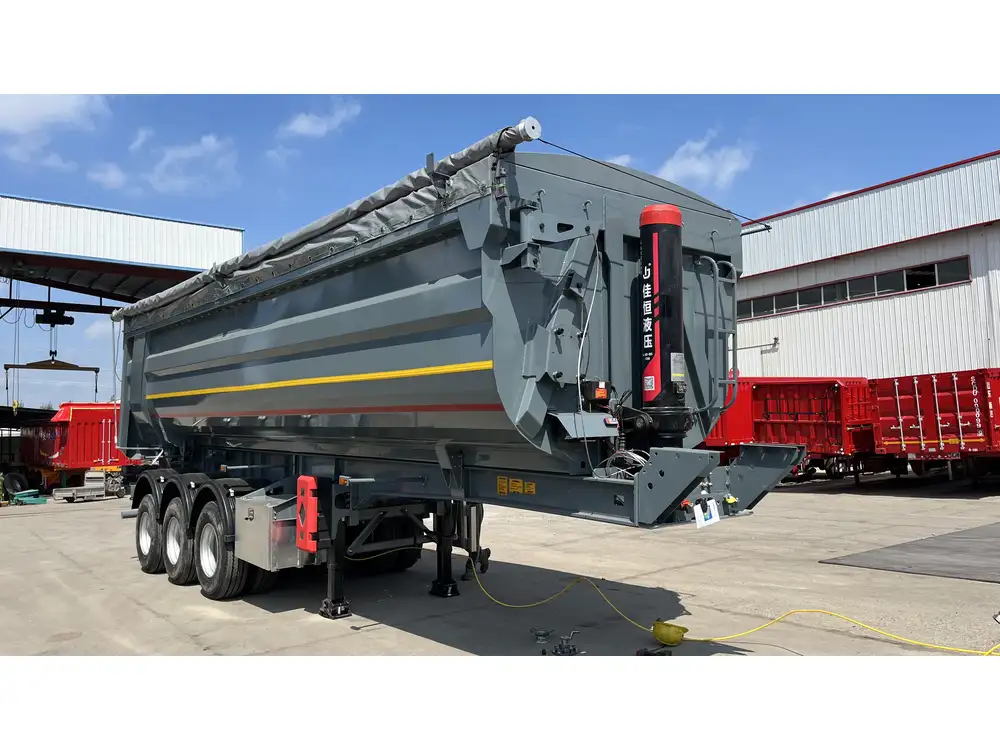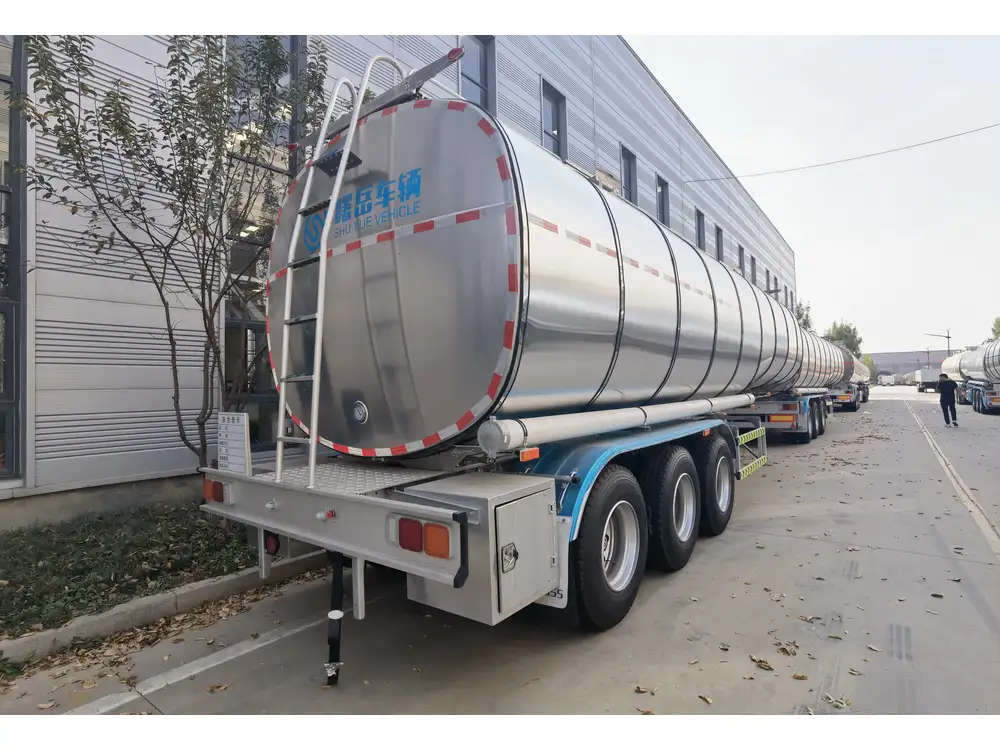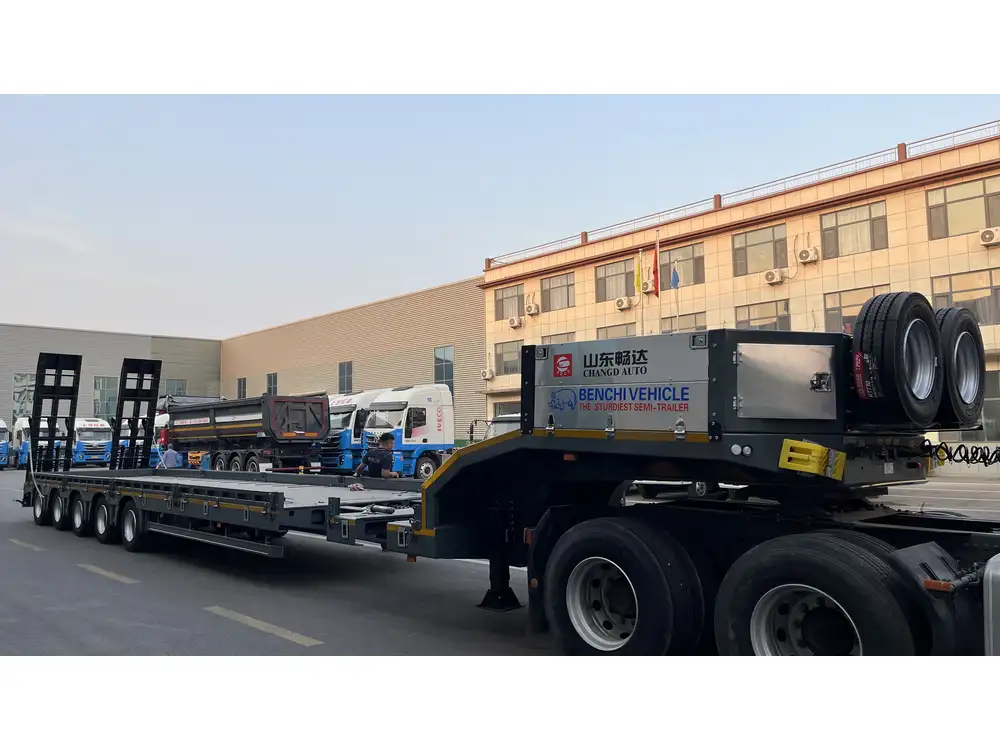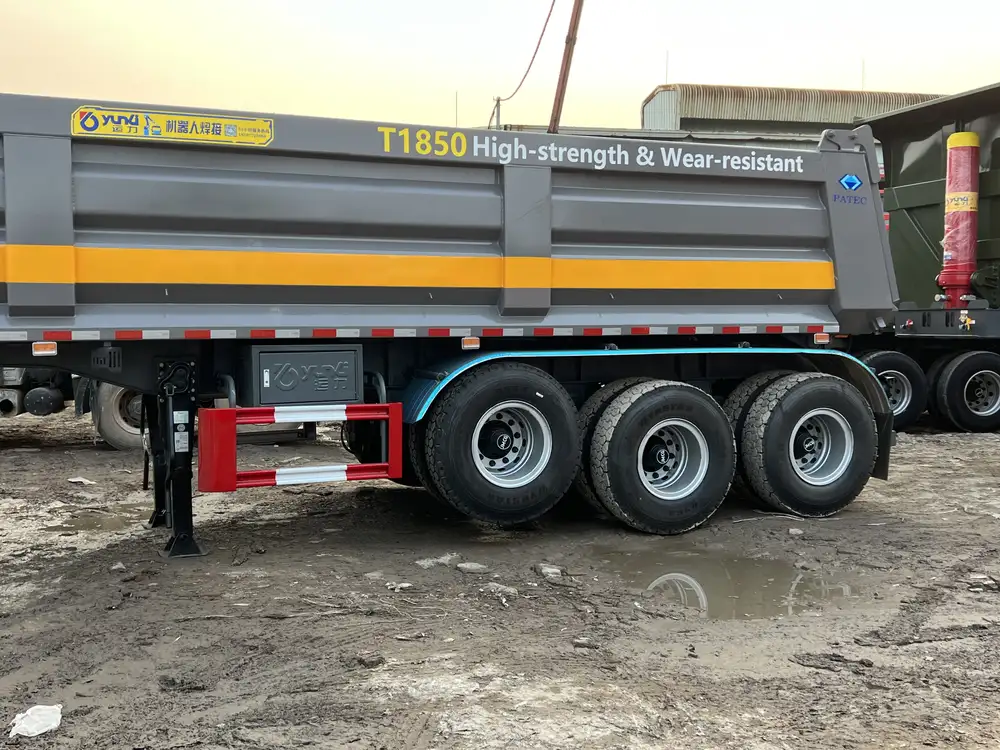When it comes to the transportation industry, semi-trailers play a pivotal role in ensuring efficient logistics and freight movement. For those in the business or with an interest in trucking, understanding the general dimensions of semi-trailers—particularly their lengths—can significantly impact operational strategies, regulatory compliance, and economic efficiency.
What Is a Semi-Trailer?
A semi-trailer is a type of trailer that does not have a front axle and is instead supported by a tractor unit. This design allows for a greater payload capacity and flexibility in transport. Commonly used in freight transportation, these trailers are essential in various industries, ranging from construction to retail.
Key Components of a Semi-Trailer
- Chassis: The frame that supports the cargo, mounted on wheels.
- Axles: Responsible for the trailer’s weight distribution and stability.
- Cargo Area: The space designed to hold goods, which can vary in size and configuration depending on specific transportation needs.
- Kingpin: The pivot point that connects the semi-trailer to the tractor.

Semi-Trailer Measurements: A Deep Dive
The most common question people ask is, “How many feet is a semi-trailer?”
Standard Lengths
Generally, the length of semi-trailers varies depending on their type and design:
| Trailer Type | Standard Length |
|---|---|
| Flatbed Trailers | 48 to 53 feet |
| Refrigerated Trailers | 48 to 53 feet |
| Dry Van Trailers | 48 to 53 feet |
| Specialty Trailers | 40 to 53 feet |
Other Considerations
In addition to the standard lengths, there are several critical components that affect the overall length and usage:
- Extension and Foldable Designs: Some semi-trailers include extendable or foldable sections, allowing for increased capacity.
- Loading and Unloading: Trailer lengths influence not only legal compliance but also physical limitations during loading and unloading operations.
The specifics can vary globally or regionally, with laws governing permissible lengths, often affected by road conditions and regulatory standards.

Legal Regulations on Length
In the United States, the permissible length for semi-trailers is typically regulated by individual states. Most states allow semi-trailers up to 53 feet long for interstate travel, but it’s crucial to consider local regulations, which may impose stricter limitations.
State by State Variations
| State | Maximum Trailer Length |
|---|---|
| California | 53 feet |
| Texas | 59 feet |
| Florida | 48 feet |
| New York | 53 feet on Interstates |
Note: Always verify with individual state regulations before planning routes or operations.
Special Types of Semi-Trailers
Semi-trailers are not one-size-fits-all. Different types serve unique purposes, which leads to variations in measurements.

Flatbed Trailers
Ideal for transporting heavy and oversized loads. Standard lengths range from 48 to 53 feet. Flatbeds offer versatility, allowing for easy loading and unloading from all sides.
Refrigerated Trailers (Reefers)
Used for transporting perishable goods. These trailers maintain temperature control and typically measure between 48 and 53 feet.
Dry Van Trailers
Commonly used for enclosed cargo, dry vans range from 48 to 53 feet. Their enclosed design protects goods from weather and theft, making them effective for a wide array of products.

Specialty Trailers
Specialized trailers, including car carriers or lowboys, come with their unique dimensions and configurations. These can range from 40 feet to custom lengths based on needs.
Implications of Trailer Length on Operations
Choosing the correct trailer length can have significant implications for operations:
Weight Capacity and Distribution
- A longer trailer may carry more cargo, but it also requires careful weight distribution to remain compliant with regulations.
Fuel Efficiency
- Longer trailers can create more drag, potentially leading to increased fuel consumption.
Maneuverability
- Shorter trailers can be easier to maneuver, especially in urban environments, while longer units provide increased carrying capacity.
Compatibility with Equipment
- Semi-trailer length must be compatible with loading docks, ramps, and other operational equipment to avoid complications during loading and unloading.
Calculating the Correct Length for Your Needs
Understanding the correct dimensions for semi-trailers is not merely about knowing the standards; it requires a careful assessment of the following factors:

Load Types
- Bulk Commodities: May require flatbeds or specialty trailers.
- Retail Goods: Often best suited for dry vans or reefers.
Route Regulations
- Different states may have specific length restrictions, so it is crucial to map out planned routes in advance.
Operational Efficiency
- Analyze how trailer length affects operational workflow, from loading and unloading times to overall transport efficiency.

End-User Considerations: Making the Right Choice
As a provider in the semi-trailer manufacturing niche, users must analyze their needs critically before selecting a trailer. Questions such as “Will the trailer be used for local or long-haul transport?” or “What types of cargo will I primarily be transporting?” are crucial.
FAQs About Semi-Trailers
What is the maximum legal length for a semi-trailer in the U.S.?
- Generally, the maximum legal length is 53 feet for interstate travel, but it may vary by state.
Can I carry more weight with a longer semi-trailer?
- Yes, typically longer semi-trailers can accommodate more cargo, provided weight distribution is managed effectively.
What type of semi-trailer is best for refrigerated goods?
- Refrigerated (reefer) trailers are specifically designed for transporting perishable items and are usually available in lengths of 48 to 53 feet.
Are there shorter trailers available?
- Yes, specialty and car carrier trailers can be 40 feet or even less, depending on design and use case.
Conclusion: The Importance of Understanding Semi-Trailer Dimensions
The length of a semi-trailer greatly influences its applications and compliance with regulations. Understanding the significance of semi-trailer sizes and their corresponding implications can drive operational efficiency and enhance business success in the logistics and transportation sectors.
By comprehensively addressing important questions, explaining standards, and comparing trailer types, we help potential users make informed decisions that meet their unique needs.
Ensuring efficiency and compliance in selecting the right semi-trailer is not just about length; it’s about optimizing operations in a complex logistics landscape. Therefore, companies must remain knowledgeable and agile, adapting their choices to the dynamic demands of freight transport.
By recognizing and appreciating the complexities of semi-trailer dimensions and regulations, businesses can position themselves competitively, ensuring smoother operations and enhancing their bottom line.



